Archives
- 2025-10
- 2025-09
- 2025-04
- 2025-03
- 2025-02
- 2025-01
- 2024-12
- 2024-11
- 2024-10
- 2024-09
- 2024-08
- 2024-07
- 2024-06
- 2024-05
- 2024-04
- 2024-03
- 2024-02
- 2024-01
- 2023-12
- 2023-11
- 2023-10
- 2023-09
- 2023-08
- 2023-07
- 2023-06
- 2023-05
- 2023-04
- 2023-03
- 2023-02
- 2023-01
- 2022-12
- 2022-11
- 2022-10
- 2022-09
- 2022-08
- 2022-07
- 2022-06
- 2022-05
- 2022-04
- 2022-03
- 2022-02
- 2022-01
- 2021-12
- 2021-11
- 2021-10
- 2021-09
- 2021-08
- 2021-07
- 2021-06
- 2021-05
- 2021-04
- 2021-03
- 2021-02
- 2021-01
- 2020-12
- 2020-11
- 2020-10
- 2020-09
- 2020-08
- 2020-07
- 2020-06
- 2020-05
- 2020-04
- 2020-03
- 2020-02
- 2020-01
- 2019-12
- 2019-11
- 2019-10
- 2019-09
- 2019-08
- 2019-07
- 2018-07
-
br Halogenases Enzymatic C H activation leading to halogenat
2021-04-29
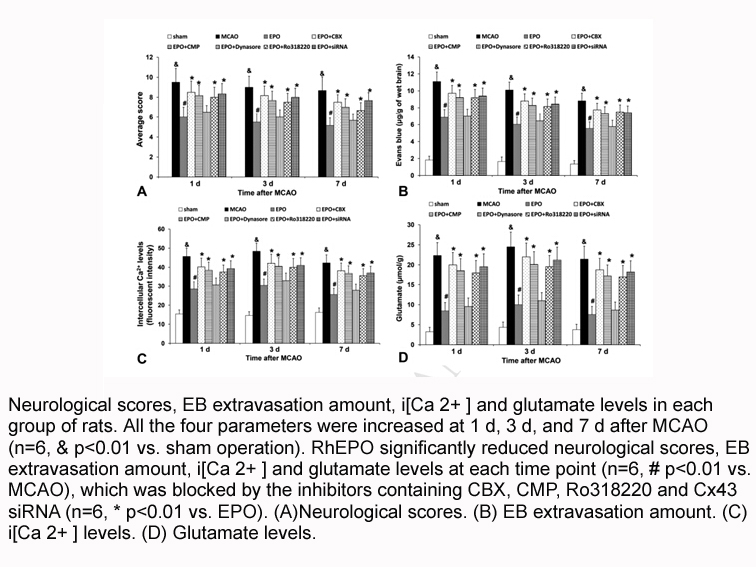
Halogenases Enzymatic C–H activation leading to halogenation is another emerging area in biocatalysis [55,56]. Incorporation of halogen atoms during medicinal chemistry eff ;orts is a well-established practice, presenting an effective means to control the molecule’s bioactivity and physicochemical
-
Enolases are among the most
2021-04-29
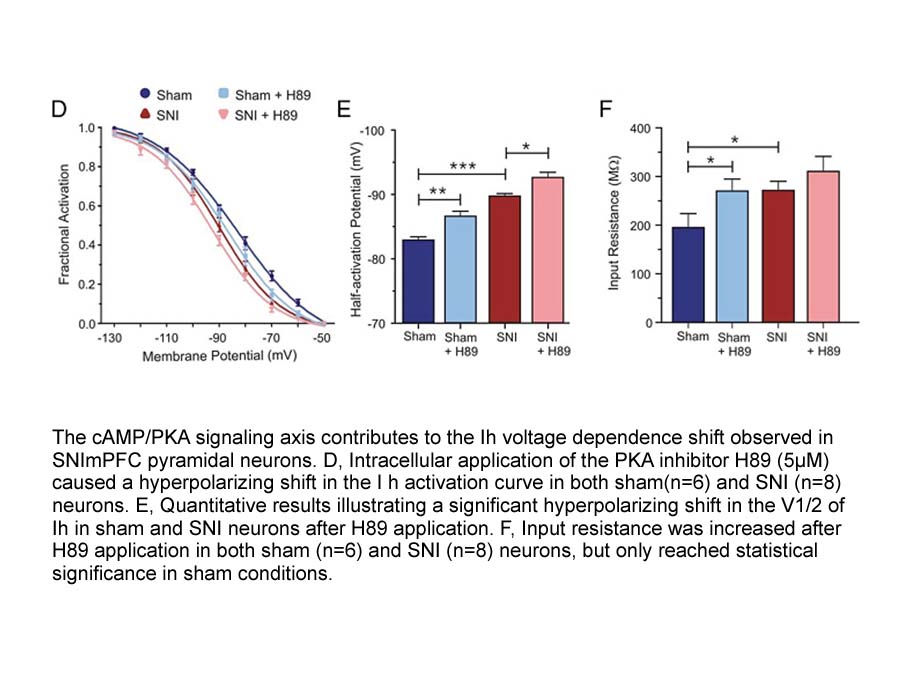
Enolases are among the most abundantly expressed cytosolic proteins. They are metalloenzymes that catalyze the conversion of 2-phosphoglycerate to phosphoenolpyruvate [18]. Eubacteria and archaebacteria have a single enolase gene (reviewed in [19]). Despite the lack of signal peptides or cognate pro
-
Results of the present study demonstrate that OHC
2021-04-29
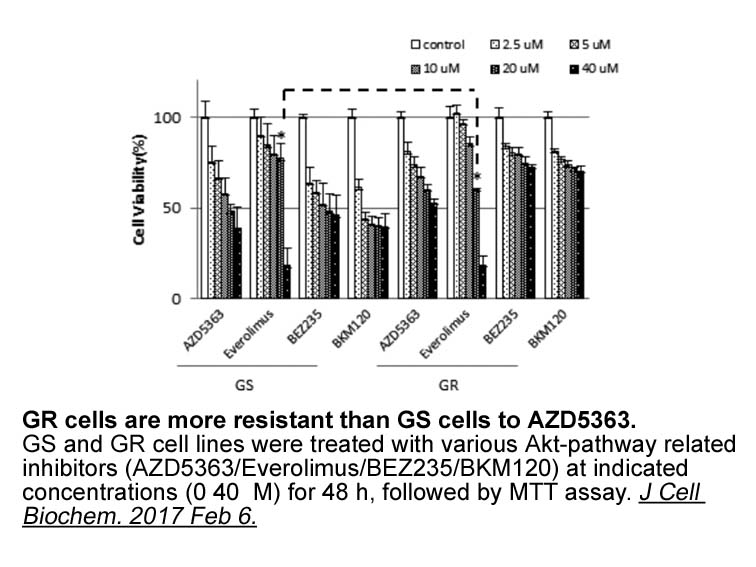
Results of the present study demonstrate that 25-OHC treatment of THP-1 monocytes induced vimentin intermediate filament reorganization to more cortical structures and a polarized phenotype (Fig. 5). Vimentin is the major intermediate filament protein present in leukocytes and plays an important rol
-
br Materials and methods Details on materials
2021-04-29
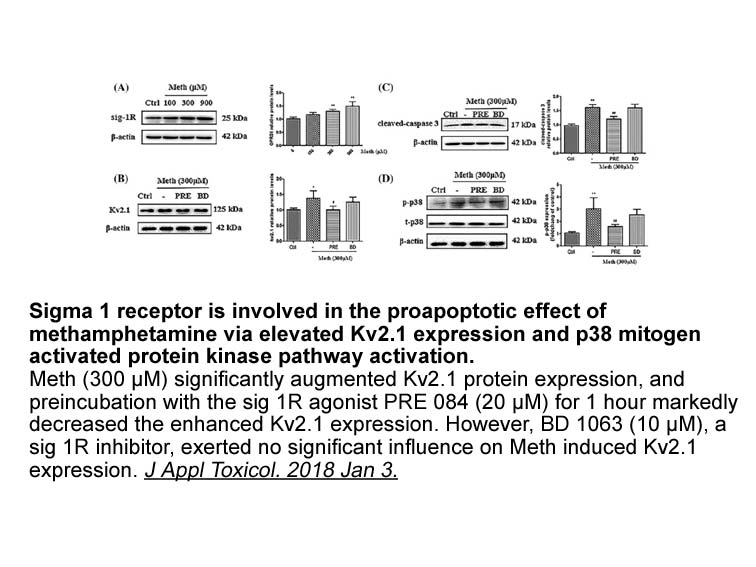
Materials and methods Details on materials and methods can be found in the Supplemental material section. Results Discussion In our experiments we mimicked inflammation by LPS challenge of M0 macrophages. We discovered a strong increase in expression of CH25H and CYP7B1 while CYP27A1 and H
-
Two primary members of the
2021-04-29
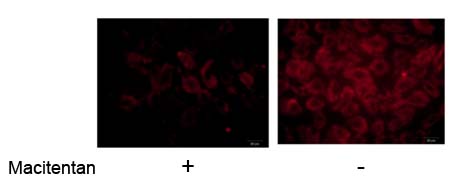
Two primary members of the TRIM family – TRIM5α and TRIM25 – function as antiviral effector and immune regulator, respectively. TRIM5α is one of the best characterized members of the TRIM family (both structurally and functionally) and reported to be an important ubiquitin-mediated regulator of a ma
-
In the SUMOylation pathway SCE as an E enzyme
2021-04-29

In the SUMOylation pathway, SCE1 as an E2 enzyme has an important role in mediating the conjugation of SUMO to target proteins. The accumulated SUMO conjugates in plants are associated with abiotic stress responses (Castro et al, 2012). We performed a drought stress analysis on WT plants, induced by
-
Inflammatory action of certain cytokines can influence cell
2021-04-29

Inflammatory action of certain cytokines can influence cell proliferative routes (Deshmane et al., 2009). When mTOR is inhibited, for instance by the action of Rapa, TGF-β1, which has an anti-inflammatory action, is increased. The relationship between high levels of TGF-β1 and p38 inhibitor arrest h
-
As a functional ETC is required for
2021-04-29
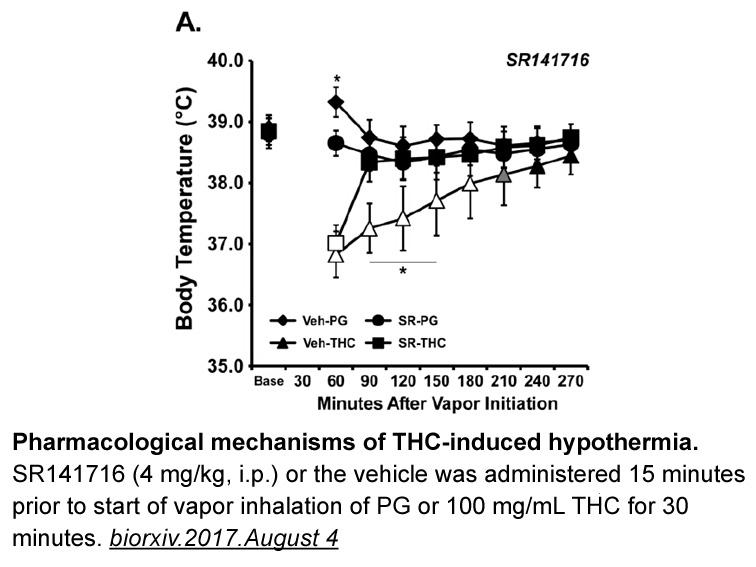
As a functional ETC is required for DHODH catalysis (Loffler, Jockel, Schuster, & Becker, 1997; Rawls, Knecht, Diekert, Lill, & Loffler, 2000; Zameitat, Freymark, Dietz, Loffler, & Bolker, 2007), DHODH depends on the mitochondrial ETC to generate adequate concentrations of ubiquinone (Fig. 2). Cell
-
QSAR based on the D structures
2021-04-29
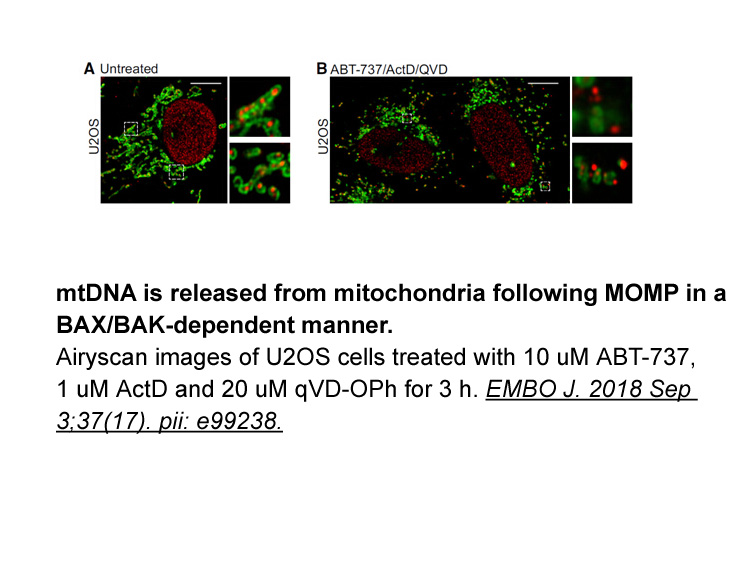
QSAR based on the 3D structures of ligands plays an important role in the ligand-based drug discovery and design [12]. Comparative molecular field analysis, CoMFA [11], and comparative molecular similarity index analysis, CoMSIA [12] are among the most popular QSAR models. They focus on changes in 3
-
Given the excellent in vitro pharmacology
2021-04-29
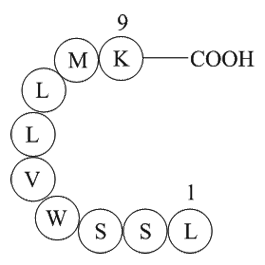
Given the excellent in vitro pharmacology profiles of methyl ester 28 and primary amide 29 efforts were reengaged on neutral analogs of these leads, with a focus on non-amide replacements for the carboxylic phosphocreatine sale functionality of 1. Acetonitrile 49 was found to have a good balance of
-
RDH belongs to C family of the
2021-04-29
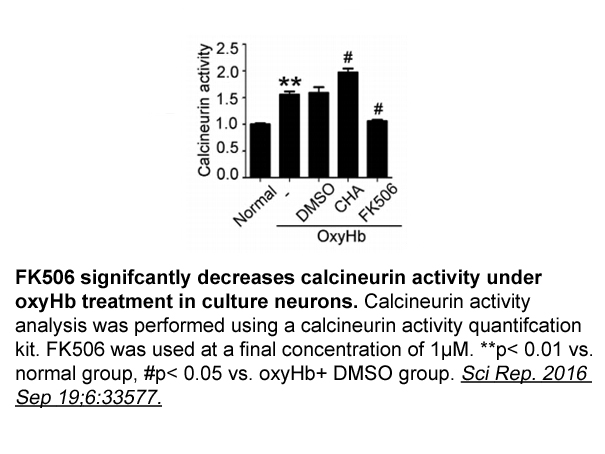
RDH10 belongs to 16C family of the short-chain dehydrogenase/reductase (SDRs) superfamily of proteins [12], [13]. Notably, in human genome adjacent to the gene encoding RDH10 on chromosome 8 are located two other genes encoding members of the SDR16C family: retinol dehydrogenase epidermal 2 (RDHE2,
-
The positive correlation between ATG and DCTPP TCGA data
2021-04-29
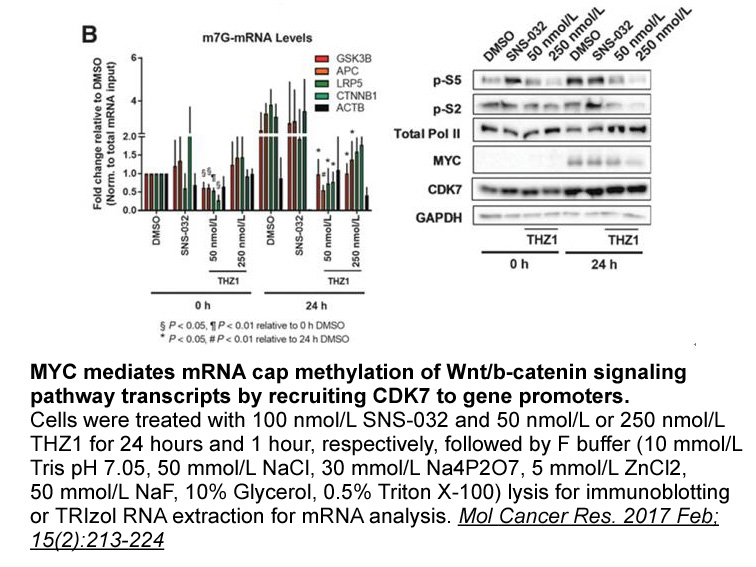
The positive correlation between ATG7 and DCTPP1 (TCGA data) suggested our hypothesis that DCTPP1 may affect the phenotype of prostate tumor, or maybe other types of tumors as well, through its role in autophagy. To test this hypothesis, we carried out western-blot experiments in which the ratios of
-
Here we examine the associations between serum pro and
2021-04-29
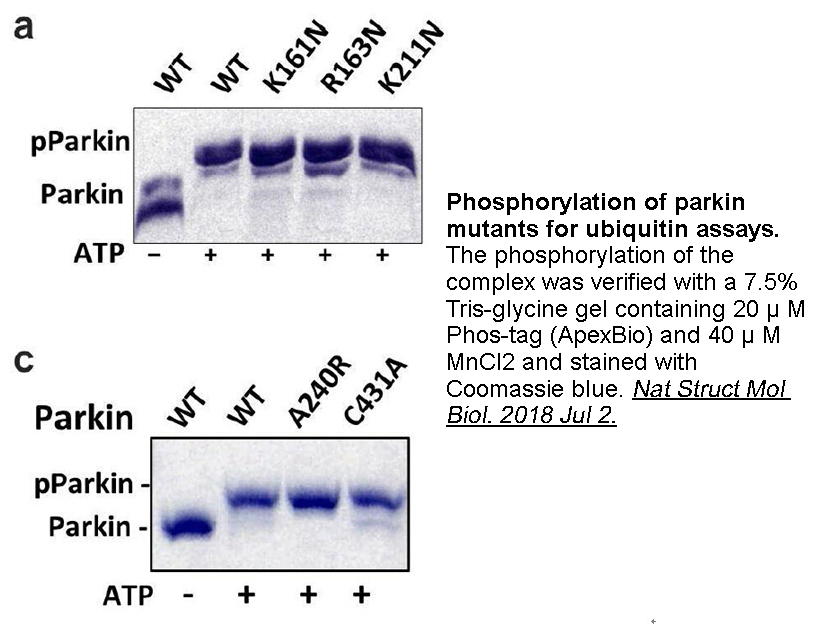
Here, we examine the associations between serum pro and anti-inflammatory cytokines and cognitive functioning in early-stage bipolar I disorder (BDI) patients. As per previous studies, ‘early-stage’ was defined as being within three years of the first manic episode (Kauer-Sant'Anna et al., 2009). We
-
To better understand Wolbachia s dependence on these enzymes
2021-04-29
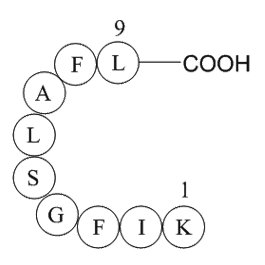
To better understand Wolbachia’s dependence on these enzymes, RNAi experiments targeting these transcripts will be required to examine the consequences of their down-regulation on Wolbachia in the different tissues of the parasite. Initial studies have shown that decreases in Bm-cpl-3 and Bm-cpl-6 t
-
Sterol regulatory element binding proteins SREBPs
2021-04-29
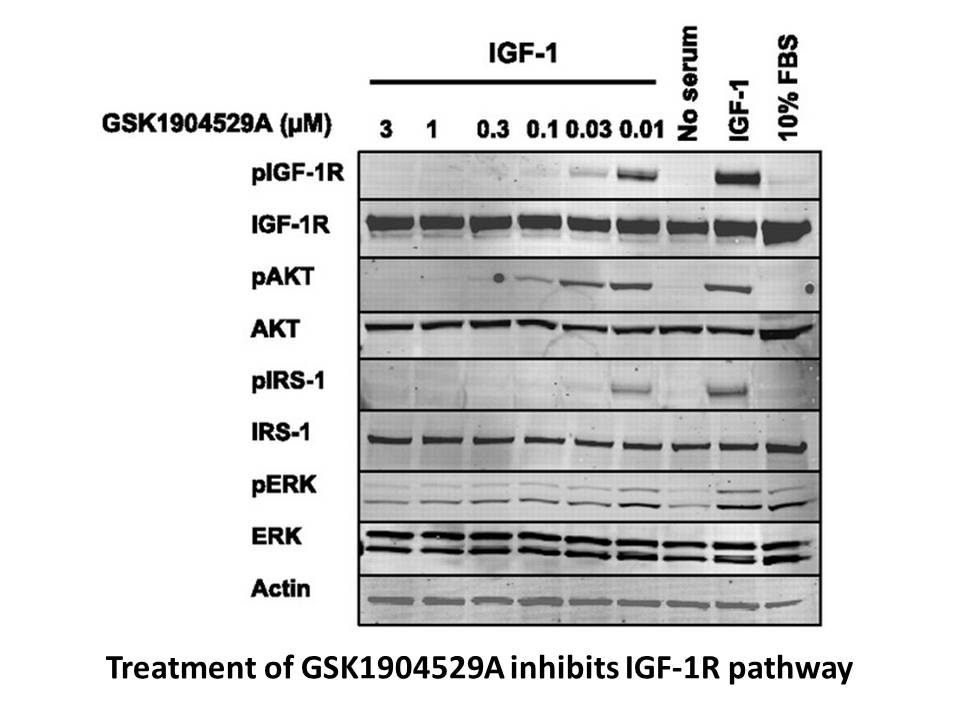
Sterol regulatory element binding proteins (SREBPs) regulate transcription of genes involved in fatty T16Ainh - A01 australia synthesis [38] (fatty acid synthase, and acetyl-CoA carboxylase) as well as triglyceride synthesis [39]. SREBP-1 protein levels are reduced in 3T3-F442A adipocytes [40] and
15377 records 688/1026 page Previous Next First page 上5页 686687688689690 下5页 Last page